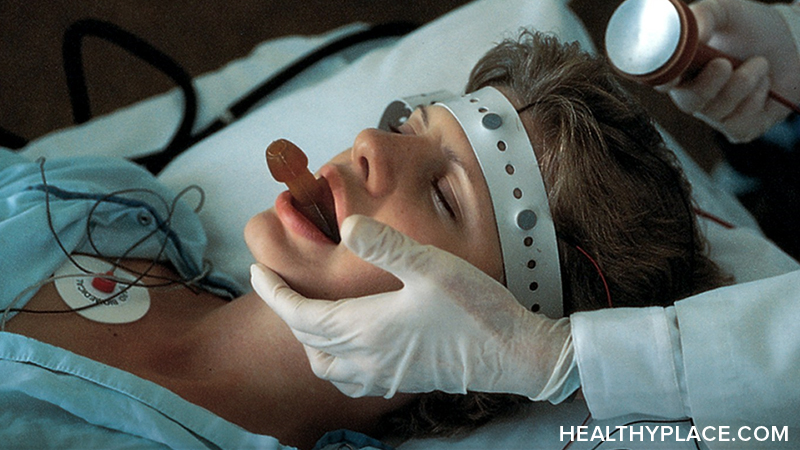ECT Problems

ECT problems are nothing new. Electroconvulsive therapy, once known as shock therapy, has historically been plagued with problems. Electricity was used to invoke seizures long before electricity and the brain were understood. While modern machines and procedures are now used, electroconvulsive therapy (ECT) problems still exist.
As with any medical procedure involving general anesthesia, death is a possibility during ECT. This ECT problem is considered minor, however, as the risk is equal to that of any minor surgery, approximately 1 in 10,000 patients.1
The ECT problems of greatest concern are cognitive in nature. Possible cognitive problems include:
- Short or long-term memory loss
- Disorientation and confusion
- Slowing of information processing speed
- Very rarely, delirium
Cognitive ECT problems tend to fade over time but some, like memory loss, may be permanent. (more info on ECT side effects)
ECT problems may also include nausea, headache, muscle pain and soreness right after treatment. Rarely, patients with co-occurring disorders may be at higher risk for other difficulties such as: asystole (heart stoppage), prolonged seizures and prolonged apnea.
A Personal Story of the Problems with ECT
Bipolar blogger Liz Spikol talks about the ECT problems she experienced. While a psychiatric nurse tells Spikol ECT is easy, the adult diaper and mouth guard given to Spikol for the procedure suggest otherwise. Spikol outlines what she calls traumatic treatments and the long-lasting memory effects.
APA Reference
Tracy, N.
(2022, January 4). ECT Problems, HealthyPlace. Retrieved
on 2025, November 29 from https://www.healthyplace.com/depression/ect/ect-problems



